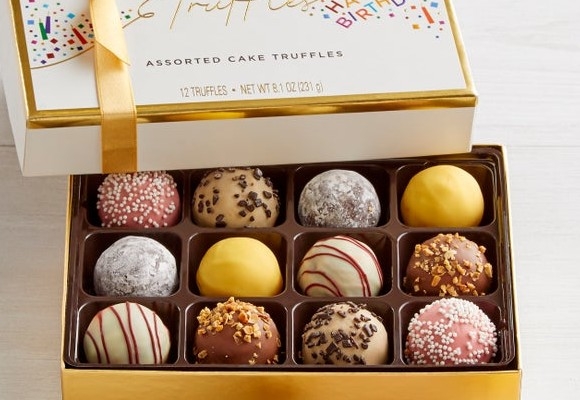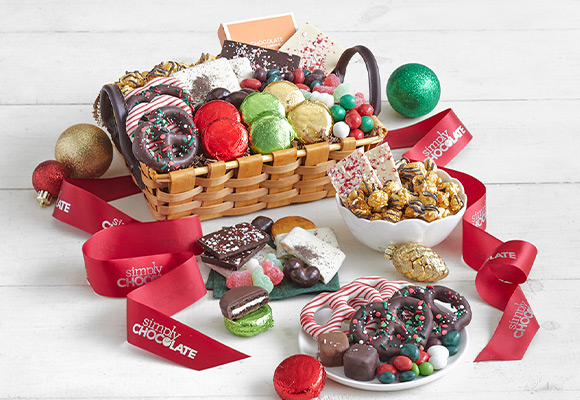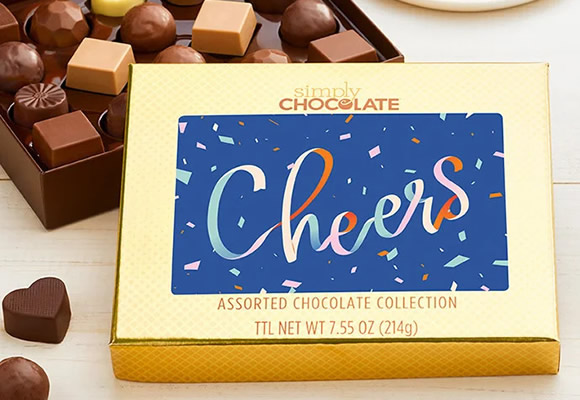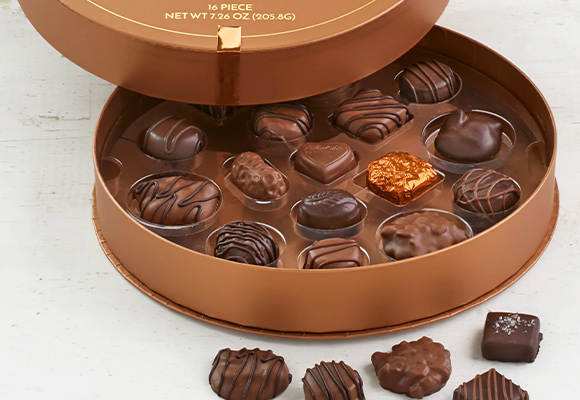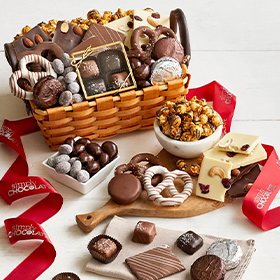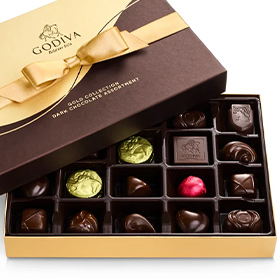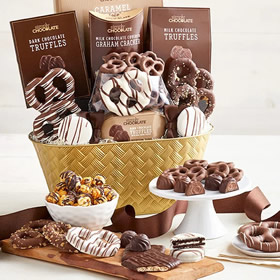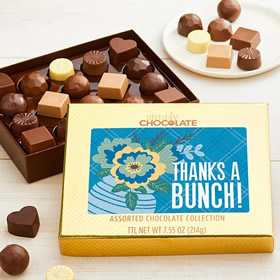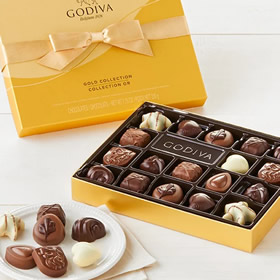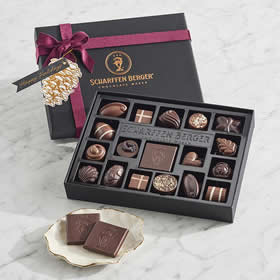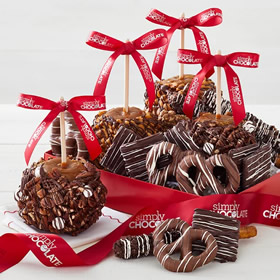Don't have an account?
Click Here- Fast, secure checkout
- Exclusive promotions & offers
- Learn
- A Few Things You Should Know About Pairing Chocolate with Wine
A Few Things You Should Know About Pairing Chocolate with Wine

Wine and chocolate are two of the most amazing things on earth. Both bring you joy in their own way, so it’s always tempting to pair the two together. But before you pop the cork on a bottle of Cabernet Sauvignon and tear into a box of gourmet chocolates, there are a few things you should consider so you don’t ruin the taste of both of your treats.
1. Match sugar with sugar

Unlike most pairings in life, where striking a balance is key, when it comes to matching chocolate and wine it’s best to avoid opposites. Sweeter chocolate like white chocolate does better when consumed with sweeter wines and bitter chocolate like dark chocolate enjoys being paired with dryer wines. Think of it as matching sugar with sugar. Sweet white chocolate pairs well with sweet wines high in residual sugars and bitter darks with dry wines with just a hint of residual sugar. A good rule of thumb is to always pair wines that are equally or slightly more sweet than the chocolate being eaten with it.
2. Match intensity with intensity

It’s not enough to just match sugar with sugar, you also want to match intensity with intensity. If you pair an incredibly delicately flavored dark chocolate with a heavy, full bodied red, the intensity of the red will totally blow away any of the subtilty that might have been present in the chocolate. The same is true in reverse, a strong-tasting chocolate will destroy a delicate wine. Always remember: light flavored chocolates enjoy being paired with light bodied wines and intensely flavored chocolates prefer being paired with full bodied wines.
3. Pair flavors with flavors

Flavor notes in wine can draw out similar flavor notes in chocolate and vice versa. For instance, certain chocolates are naturally more fruity than others and do really well paired with fruity wines like a Moscato or a White Zinfandel. Enjoy chocolate covered nuts alongside a nutty wine like a Madeira or a Marsala. This is especially good to remember when enjoying truffles with wine.
4. Resist the urge to serve chocolate with Champagne

Yes, chocolate and sparkling wine sounds like an irresistibly romantic pairing, but, in truth, Champagne tends to be too dry and astringent to be enjoyed with chocolate. If you’re attached to the notion of bubbly and chocolate, consider rosé Champagne or a demi-sec or sweet sparkling wine instead of the dryer original.
Looking for some more specific pairing suggestions? We’ve got you covered.
White Chocolate:
White chocolate, which is made up of cocoa butter, sugar, and cream, is the sweetest of the chocolates and pairs well with sweeter wines because the fat from the cream really helps to deliver the sweet notes from the wine to your taste buds. White chocolate pairs well with Moscato d’Asti, Riesling, Eiswein, Gewürztraminer, Pinot Noir, Beaujolais, and Rosé Port.
Milk Chocolate:
Milk chocolate is the most versatile of the chocolates and therefore the easiest to pair with a variety of wines. Try pairing it with a sweet sparkling red like Lambrusco, Moscato Noir, a Petite Syrah, Sherry, or some Ruby Port from Portugal.
Dark Chocolate:
Dark chocolate is the hardest to pair because the tannins found in dark chocolate can come to blows with the tannins in wine, leaving a nasty taste in your mouth. Savor dark chocolate with more full-bodied wines like vintage Port, Zinfandels, Shiraz, Grenache, Merlot, New York Pinot Noirs, or even Chinato.
- Learn
- A Few Things You Should Know About Pairing Chocolate with Wine

